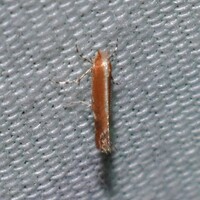
| Recorded by: David George, Jeff Niznik, Rich Teper on 2024-04-17
New Hanover Co.
Comment: | 
| Recorded by: David George, Stephen Dunn on 2023-03-28
New Hanover Co.
Comment: |
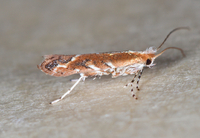
| Recorded by: Jim Petranka and Becky Elkin on 2022-04-04
Columbus Co.
Comment: A reared adult from Quercus hemisphaerica; larvae on March 18, 2022; three adults emerged on April 4, 2022 (see companion photos of the mines). | 
| Recorded by: Jim Petranka and Becky Elkin on 2022-04-04
Columbus Co.
Comment: A reared adult from Quercus hemisphaerica; larvae on March 18, 2022; three adults emerged on April 4, 2022 (see companion photos of the mines). |
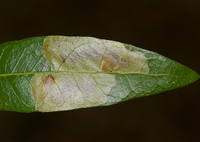
| Recorded by: Jim Petranka and Becky Elkin on 2022-03-18
Columbus Co.
Comment: Two occupied mines on Quercus hemisphaerica; adults emerged on April 4, 2022 (see companion photos). | 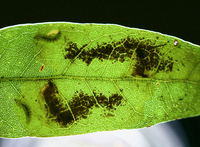
| Recorded by: Jim Petranka and Becky Elkin on 2022-03-18
Columbus Co.
Comment: A backlit leaf with two occupied mines on Quercus hemisphaerica; adults emerged on April 4, 2022 (see companion photos). |
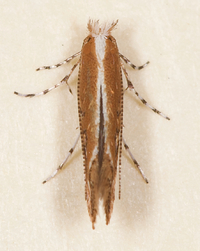
| Recorded by: Jim Petranka and Becky Elkin on 2021-10-11
Scotland Co.
Comment: | 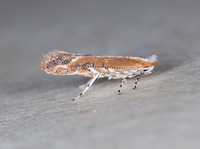
| Recorded by: Jim Petranka and Becky Elkin on 2021-10-11
Scotland Co.
Comment: |

| Recorded by: Jim Petranka and Becky Elkin on 2021-10-11
Scotland Co.
Comment: | 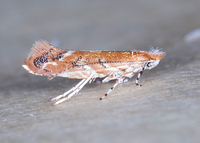
| Recorded by: Jim Petranka and Becky Elkin on 2021-10-11
Scotland Co.
Comment: Occupied mines were common on Post Oak along Chalk Banks access road on 30 Sept; adults were reared and emerged Oct 11-12. |
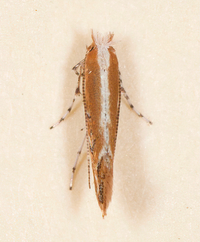
| Recorded by: Jim Petranka and Becky Elkin on 2021-10-11
Scotland Co.
Comment: Occupied mines were common on Post Oak along Chalk Banks access road on 30 Sept; adults were reared and emerged Oct 11-12 and Oct 15. | 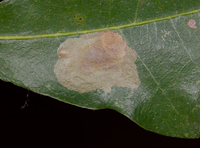
| Recorded by: Jim Petranka and Becky Elkin on 2021-09-30
Scotland Co.
Comment: Occupied mines were common on Post Oak along the access road; adults emerged on Oct 11-12. |

| Recorded by: Jim Petranka and Becky Elkin on 2021-09-30
Scotland Co.
Comment: Occupied mines were common on Post Oak along the access road; adults emerged on Oct 11-12. | 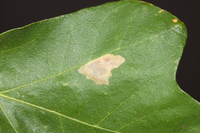
| Recorded by: Jim Petranka, Steve Hall and Bo Sullivan on 2021-06-08
Richmond Co.
Comment: One of several early mines on Blackjack Oak; two adults emerged on 2 July (see companion photo of one). |
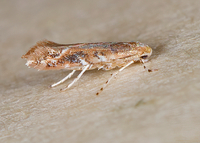
| Recorded by: Jim Petranka, Steve Hall and Bo Sullivan on 2021-06-08
Richmond Co.
Comment: A reared adult from a mine on Blackjack Oak (see companion photo). | 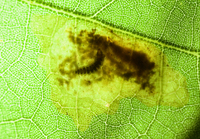
| Recorded by: Jim Petranka, Steve Hall and Bo Sullivan on 2021-06-08
Richmond Co.
Comment: One of several early mines on Blackjack Oak; two adults emerged on 2 July (see companion photo of one). Note the larva in the center of the image. |

| Recorded by: Jim Petranka, Steve Hall and Bo Sullivan on 2021-06-08
Richmond Co.
Comment: Mines were collected from Blackjack Oak on 8 June; two adults emerged on 2 July. |

 »
»















